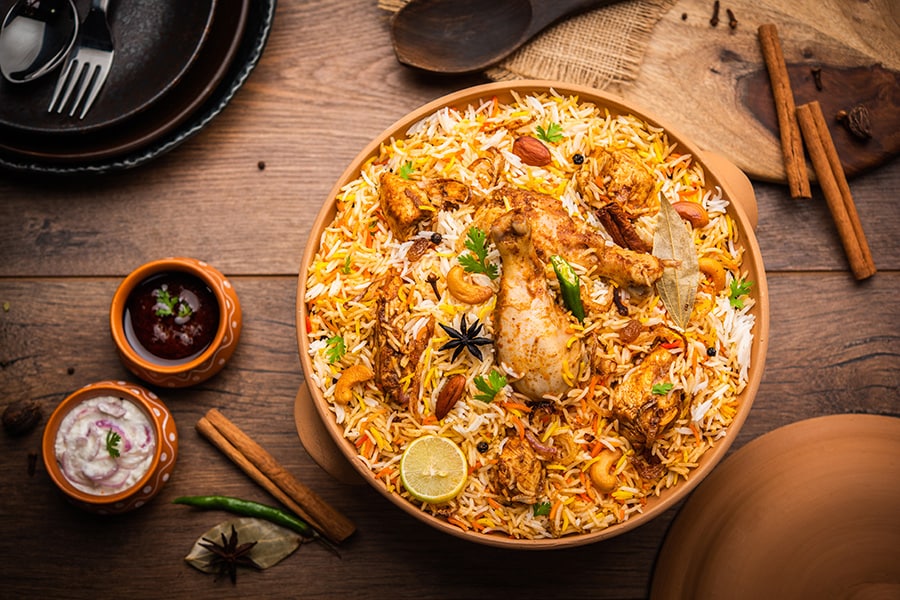
Storyboard18 - Why is biryani getting branded all over the country?
Biryani brings to the plate value, convenience and a satisfying experience at the same time. Companies have just scratched the surface of marketing the nuances of biryani, which is an emotion in India
 As per industry sources, the biryani market in India is estimated to be approximately Rs 1,500 crore in the organised sector and Rs 15,000 crore in the unorganised market; Image: Shutterstock
As per industry sources, the biryani market in India is estimated to be approximately Rs 1,500 crore in the organised sector and Rs 15,000 crore in the unorganised market; Image: Shutterstock
There are various accounts of the origins of biryani. Some food historians say biryani landed on the Indian coast in the 13th century as an import from West Asia, more specifically Persia. Others believe it was an invention during the Mughal rule of India. Food experts like to give the Mughals credit for popularising biryani in the country. From the Nawabs of Oudh (Awadh) in Lucknow to the Nizams of Hyderabad, polished the way biryani was regionalised, much like the marketers of modern times who are attempting to reimagine how this iconic dish with many variations is made and consumed.
Its provenance aside, as time passed and India’s rulers changed, the rice dish also evolved with shifting regimes, preferences and fashion, adding new layers to the biryani which slowly became more than a dish. Today biryani is an emotion.
Over centuries, biryani has been blossoming with regional variation. For instance, traditionally long-grain brown rice was used to make biryani, and as the popularity of scented basmati rice went up, it got the label of ‘biryani rice’ in many parts of the country. Today, basmati rice is most commonly used in Indian households to make biryani.
In southern India, local varieties of rice like kaima or jeerige sanna have been adding new dimensions to the biryanis. Flavour enhancers like rosewater, ittar, kewra water, and saffron also started adding uniqueness to the experience of eating biryani. While potatoes in biryani remain a matter of great contention among biryani lovers in modern times, Bengalis take immense pride in their biryani with potato, a version which originated in the times of Wajid Ali Shah, the Nawab of Awadh, who was exiled to Bengal by the British around 1858. Equally contentious is the matter of veg biryani. But that’s another story.
It is important to at least briefly revisit the history of biryani while talking about how it has always evolved with time and cultures, and why it has remained a favourite for all occasions and not just celebrations.




